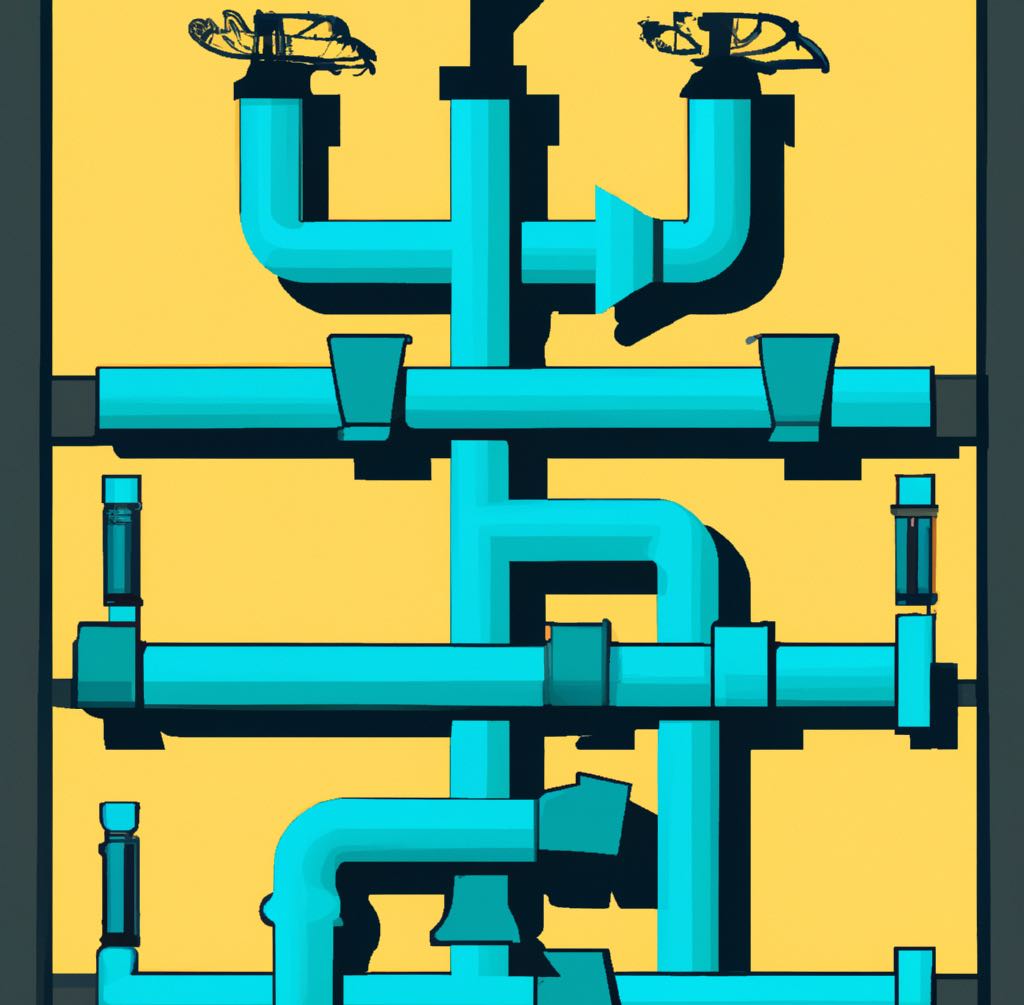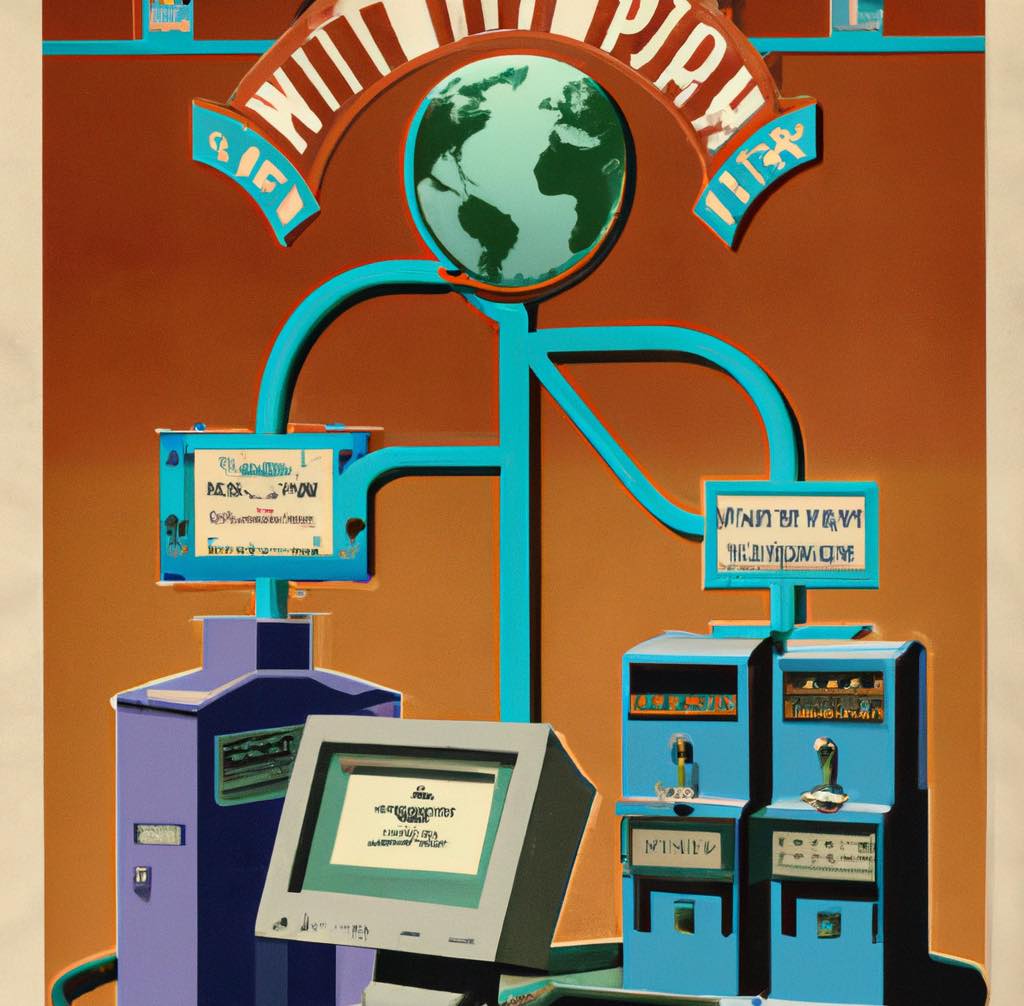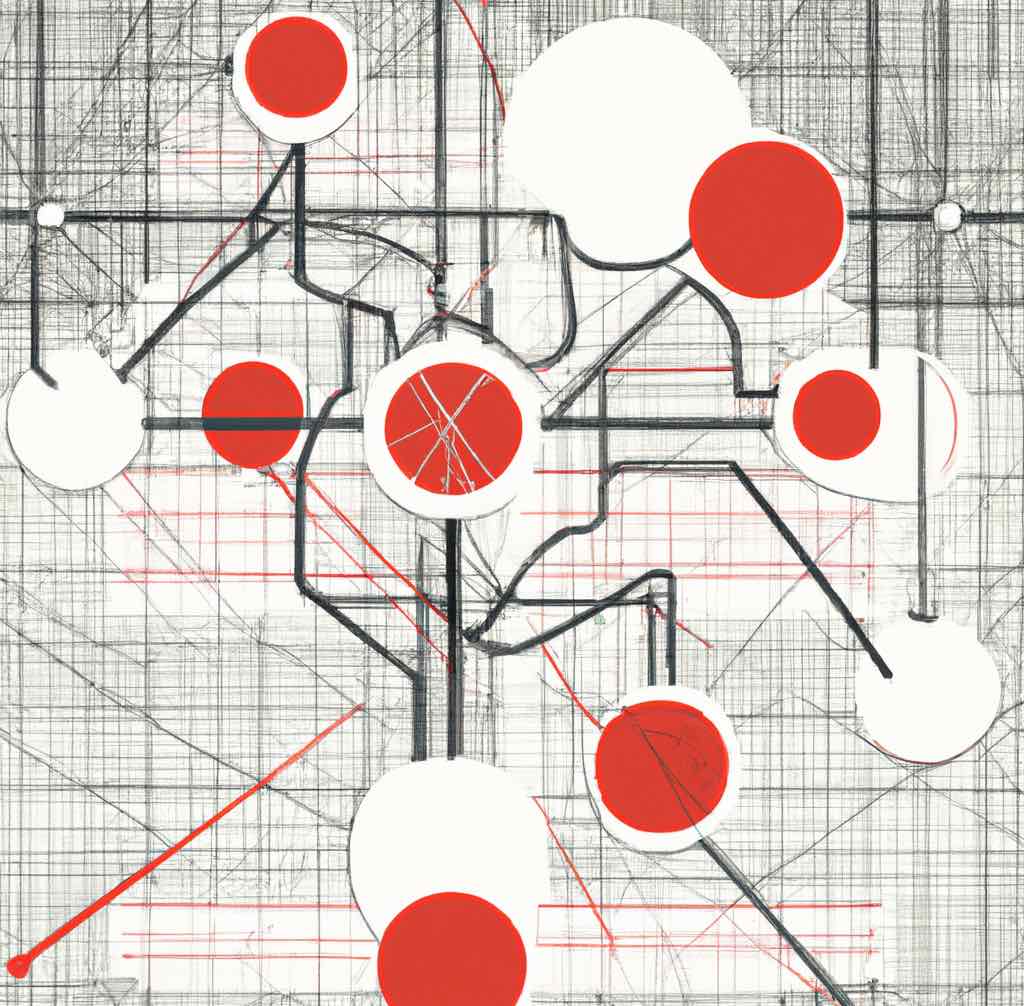-
How does cloud registry work?
A cloud registry is a centralized service that enables the storage, management, and distribution of container images. Containerization is a popular technology used to deploy applications in a way that is fast, scalable, and portable across different computing environments. Container images are self-contained packages that contain all the code, runtime, system tools, libraries, and dependencies…
-
What is Continuous Integration/Continuous Delivery (CI/CD)?
CI/CD, or Continuous Integration/Continuous Delivery, is a set of practices and tools used by software development teams to automate the process of building, testing, and deploying software. It is a methodology for delivering software changes frequently and reliably, improving the speed and quality of software delivery. Continuous Integration (CI) is the practice of automatically building…
-
Cloud networking, an introduction.
Cloud networking refers to the process of connecting and managing network resources in a cloud environment. In a cloud environment, networking is delivered as a service, allowing organizations to provision and manage their networks using cloud-based tools and services. Cloud networking works by providing a virtualized network infrastructure that enables organizations to connect their cloud-based…
-
An introduction to Cloud Monitoring
Cloud monitoring refers to the process of monitoring and analyzing the performance and health of cloud-based applications and infrastructure. Cloud monitoring is essential for maintaining the availability, performance, and security of cloud services, and it helps organizations identify and resolve issues quickly to minimize downtime and improve user experience. Cloud monitoring works by collecting data…
-
Cloud Observability, what is it? And what are the main solutions?
Cloud observability is the practice of gaining insight into the behavior and performance of cloud-based systems by collecting, analyzing, and visualizing data from various sources. The goal of cloud observability is to provide a holistic view of the system, and to enable teams to quickly identify and resolve issues. Cloud observability typically involves collecting data…
-
What is ‘Service mesh’? And what solutions are available?
Cloud observability is the practice of gaining insight into the behavior and performance of cloud-based systems by collecting, analyzing, and visualizing data from various sources. The goal of cloud observability is to provide a holistic view of the system, and to enable teams to quickly identify and resolve issues. A cloud service mesh works by…
-
Cloud Orchestration. What is it? and what are the main solutions?
Cloud orchestration is the process of automating the deployment, management, and scaling of cloud infrastructure and applications. It involves using software tools and frameworks to coordinate and automate the provisioning and configuration of cloud resources, such as virtual machines, containers, storage, and networks. Cloud orchestration typically involves defining infrastructure and application templates, which describe the…
-
What are the challenges faced when migrating to the cloud from on premises infrastructure?
Migrating from on-premises infrastructure to the cloud can present a number of challenges, including: By addressing these challenges, organizations can ensure a smooth and successful migration to the cloud, and take full advantage of the benefits that the cloud has to offer.
-
What is the difference between Kubernetes and Docker?
Kubernetes and Docker are both tools that are commonly used in the deployment and management of containerized applications, but they serve different purposes. Docker is a containerization platform that allows developers to package and deploy their applications in a consistent and portable manner. It provides a command-line interface and a set of APIs that developers…
-
What are the main considerations in buying an ‘Cloud security’ solution?
When buying a cloud security solution, the following considerations are important: By considering these factors, you can choose a cloud security solution that meets your organization’s specific needs and provides the right level of protection for your data and applications.









